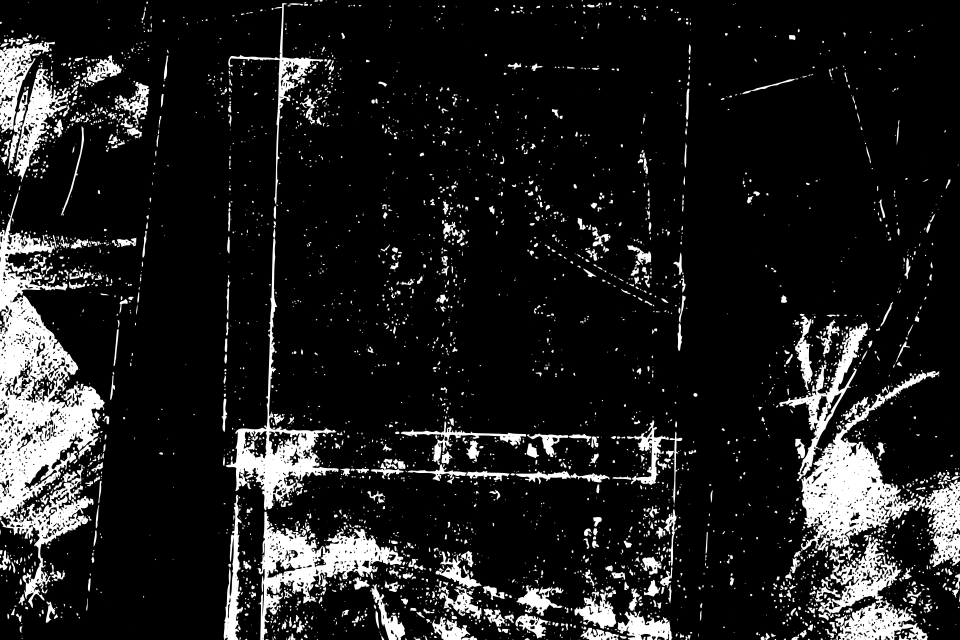Hard to believe. I remember watching the invasion unfold on CNN. The bombs and the blasts. Operation Iraqi Freedom. American boots on the ground. Ready to be treated as liberators. Because we couldn’t allow a madman to remain in control. And he had Weapons of Mass Destruction (WMD). So we would invade quick, liberate quick, be out quick. For the cost of about $200 million. Small price to pay for freedom of the people and stability in the region.
What’s unfolded since has been absolutely horrific. Maiming and torture and death. More than $3 trillion later, and counting. All because of a dangerous ideology held by a majority of the American government. And for that matter, its citizens. That we are exceptional and we are called to shape the world in our image of capitalist democracy. Very manifest destiny.
Now, I’m not qualified to comment on such things in any official capacity, aside from being a citizen. The Iraq War is an issue of geopolitics and this is a collection of writing about design and collaboration. But it should be noted, that as a life event, the war in Iraq was incredibly formative for how I think about design’s place in the world.
My grandfather fought in WWII. He was in the shit. D-Day, Battle of the Bulge, real “Band of Brothers” situations. He lived through it and the medals he earned were displayed in his modest farm house. The stories he shared always left me in awe. He was a simple man who participated in great, consequential events. When he was 22, he was fighting Nazis in far off lands. For freedom, against fascism. When I was 22, right before the Iraq War started, I was trying to cobble together a design portfolio.
Unsure of my future, I had thoughts of what a potential draft would look like. After 9-11, America was now fighting the War on Terror. For freedom, against terrorism. Why wouldn’t it call to arms its citizens to join the fighting ranks and take on our existential enemy? Because shopping was America’s call to action. Capitalism, after all, requires people to spend their capital, no matter the national mood. Not to join a government-run bureaucracy like the military. Hence, no draft. But a plea to buy, buy, buy.
I got my first real job at an ad agency when the invasion took place. Designing for sprinkler systems. Paying off my student loans. Using my health insurance. Trying to find my place in America. As I was learning on the job how to be a graphic designer, while being highly tuned into the war playing out in the media, I got really interested in protest posters and design for a cause. I contacted anti-war groups and started designing for them for free—flyers, banners, signs, websites. With a few other designers, I put on art exhibitions and created other projects centered around activism and opposition to the war.
As the fighting went on, getting worse and worse, it felt like the lies and deception would always be us. As would the blind patriotism and unquestioning dedication of flag-waving USA-USA-USA chants. How long it took for it to be okay to criticize the war was really unsettling. Speak out and be written off as young and naive, incapable of understanding a dangerous new world. A new world where we just had to torture people because those were the stakes now. Speak out more and be called an unpatriotic member of the angry left. Be labeled a troublemaker, weakening America, a threat to the nation.
But eventually, we got to Obama. The fog of war seemed to clear away. We were going to be sensible moving forward. Now the government would be better, the media would be better, the citizens would be better.
As great as all it seemed in 2008, we’ve learned little. As a country, we are still struggling with who we are, how we should behave, and where it is we’re going.
I’ve since left that first real job and have tried to use my design skills as a citizen would, part of the effort to make a better world. Using various mediums, crafting messages, collaborating with activists, in the cause of truth and justice and peace. Fighting less against a threat from the outside, but instead battling with America’s own internal divisions. How we thought we were when we invaded Iraq was completely wrong. That thinking has been proven dangerous. How we think of ourselves now, we aren’t sure, but we need to figure it out quickly. Given the state of the world and the forces at play in it.
Yes, we invaded Iraq 15 years ago. We’re still there. And I don’t think America has fully grasped the implications for not only how we view our past, but how we plan to move into the future.





